Friends, rather than selling and shipping seeds, we now share seeds as an embodied gift practice. Learn how to receive seeds from us & here are our FAQs.
Longue D’Aout Northern Hardy Fig ~ Potted Plant
Fruit & Nut Tree pre-ordering is now closed, Friends!
If you’ve placed your pre-order, pick-up weekend will be April 27 & 28, 2024 (from 10-2pm)!
HEIRLOOM Scrumptiously translating to ‘Long of August,’ Longue D’Aout was savored in the gardens of Versailles in the 1700s and their rich tropical flavor remains one of the most popular for short seasons today. Longue D’Aout sets well in wet seasons as well as dry, though moist seasons dilute their honey sweetness. Their leaves are beautifully and unusually serrate. Longue D’Aout is most likely the same or very similar to Nordland, Niagara Black and Melazana Merdascola varieties.
Longue D’Aout also sets a unique breba crop. ‘Breba’ figs are the second flush of fruit set in a single season, though they mature in the next growing season, so they appear as the first fruits in a given season. Some breba crops are truly delectable, like Chicago Hardy and Ventura, while others are not as sumptuous, like Longue D’Aout. Their breba fruit are large and long and their main crop figs, while not as large, are round and absolutely luscious, ripening August through frost.
Figs in short seasons! Regional adaptation is everything and a little care can surround you with a lot of figs, even in Zone 5. We’re honored to share rooted cuttings of Longue D’Aout in 4″ pots.
Please purchase trees & tree kits separately from non-tree items. Also on orders of 25+ trees, enjoy a 10% discount automatically applied to your cart!
✦ New for all Fruit & Nut orders: Pre-order online & pick up your trees on April 27 & 28, 2024 from 10-2 pm. It’s true, while we won’t be shipping any tree orders this year, please join us for tree order pick up during Fruition’s fun-filled Fruit & Nut Tree Weekend at the farm in Naples, NY!
Final day to order Fruit & Nut Trees is April 14th
Fig Transplant Instructions: Fruition’s Figs come potted. Transplant your fig tree in its final location soon after you get it home, keeping it well watered until then.
Fig Growing Resources: Overwintering figs is the challenge of growing them in short seasons and here is an excellent resource to dial in your winterizing strategy, Friends!
General Fig Growing Tips from Craig of Coastal Fig Company:
Figs were one of the very first cultivated fruit trees. The tree and its fruit (or flower, rather) have inspired stories and cultures in both ancient and modern times. Figs have been successfully cultivated in the Northeast for many years in backyards both in-ground and in pots. Over the years, backyard enthusiasts have developed some helpful tips for cultivating figs in our challenging climate.
Figs originated in western Asia and the Mediterranean. As such, they love a hot, dry climate. In the Northeast, you can support the figs love for heat by creating a “microclimate” for it. This is achieved by placing the fig against a wall or fence facing south. If a southern exposure is not possible, southwest is preferred to southeast, because the sun is stronger during the afternoon hours. Planting the fig tree in black plastic mulch or ground cover can also give the fig a head start in the spring and lengthen the season in the fall by warming the soil (your local nursery will be able to help provide these materials).
Figs start slowly in the months of March and April in the northeastern US, but they love to grow once the heat arrives in late May and June. A fig can grow over one foot each month, which can cause the tree to become imbalanced. This extraordinary growth can also be detrimental to the tree’s seasonal production of fruit. As a result, it is very important to prune your tree annually.
Sun and Heat Promote a Healthy Fig Tree
No fertilizer can top bright sunshine and warm temperatures for growing healthy fig trees.
When it comes to light and fruiting trees, two concepts are most important: “interception” and “infiltration.” The branches of the fig tree need to grow out from each other with good spacing so that the tree can intercept the sunlight, conduct photosynthesis, and make sugars to enable the tree to grow.
Light also should infiltrate the center or core of the tree. If the light can’t reach the fruit, they won’t mature and ripen in the season. (At least 50% of available light needs to strike a branch to make and maintain fruit production.) For fig trees, an open-center form is preferable to a central leader to encourage growth. A tree with a well-constructed, open-center form will look from the side like it forms a cone, wide at the top, narrow at the bottom. The branches at the top of the cone should form a cup to optimally catch the sun (also called “sun cup”).
Fig Trees vs. Fig Bushes
There are two basic forms for growing figs; a bush and a tree. Neglected figs tend to quickly become overgrown. Overgrown fig bushes may die to the ground in the winter, only to send up dozens of shoots in the spring. In this form, they are unlikely to fruit: Overcrowded branches block out the sun, inhibiting fruit growth. One wouldn’t expect untended apple or pear trees to grow well and fruit each year. That is also the case with fig trees.
The Basics of Fig-Tree Pruning
The two main reasons for pruning are to ensure the best access to the sun and to promote vigorous growth. And this brings us to the basic rule of pruning, which is counterintuitive: The harder you prune something back, the more vigorous it will grow the following season.
- In a tree form, all lateral branches can be pruned to one or two nodes, and they will regrow the following year.
- Since fig trees bear fruit on new, not old growth, you want to induce your tree to regrow vigorously each year, with this growth concentrated into a few growth points. .
- Once you have established the height of your tree, you can train it to an open center form by pinching the apical bud (the top-most bud). The breaking of this bud will encourage lateral branching.
- Choose only 4 to 5 buds to form the branches of your sun cup. Preferably, choose buds facing toward the outside of the tree; they will grow in the direction they are pointing.
Other Helpful Tips
Figs will grow in about any soil but do best in well-drained loam. Figs need very little in terms of fertilizer. Underwatering is usually preferred to overwatering. Once established in the ground, watering your fig is unnecessary. If you decide to fertilize, use a well-balanced formula.
Lastly, figs suffer from few pests and diseases. The biggest problems are birds, ants, and insects, which are attracted to the ripe fruit. Insect netting can be used to deter birds and duct tape wrapped outward facing around the base of the trunk will prevent ants.
Fruit & Nut Growing Resources from Fruition & Beyond General Fruit & Nut Tree Growing: Fruition’s (Apple) Tree Growing Guide Apples: Elderberry: University of Vermont And Friends, please join us for future live Fruition Fruit Q&Q webinars here:
Fruition’s current online tree growing resources are focused on Apple Trees however Pears, Plums, Peaches, Apricots and Cherries require much the same site choice, planting, and basic care considerations.
Fruition’s Free Organic Orcharding Course
Fruition’s pre-recorded Fruit Q & Qs Webinar Library
New England Tree Fruit Management Guide
Cornell’s Guide to Growing Fruit at Home
Cornell’s Tree Fruit Resources
all books by the late Michael Phillips
All resources above and…
The Holistic Orchard and The Apple Grower are fabulous books by Michael Phillips.
A Grower’s Guide to Organic Apples from Cornell
Figs: Penn State Extension
Grapes: Cornell Cooperative Extension
Mulberry: Maine Organic Farmers & Gardeners Association
Pawpaws: Cornell Cooperative Extension
Chinese Chestnut: Arnold Arboretum
Hazelnut: CornellForestConnect
Northern Hardy Pecan: Society of Ontario Nut Growers

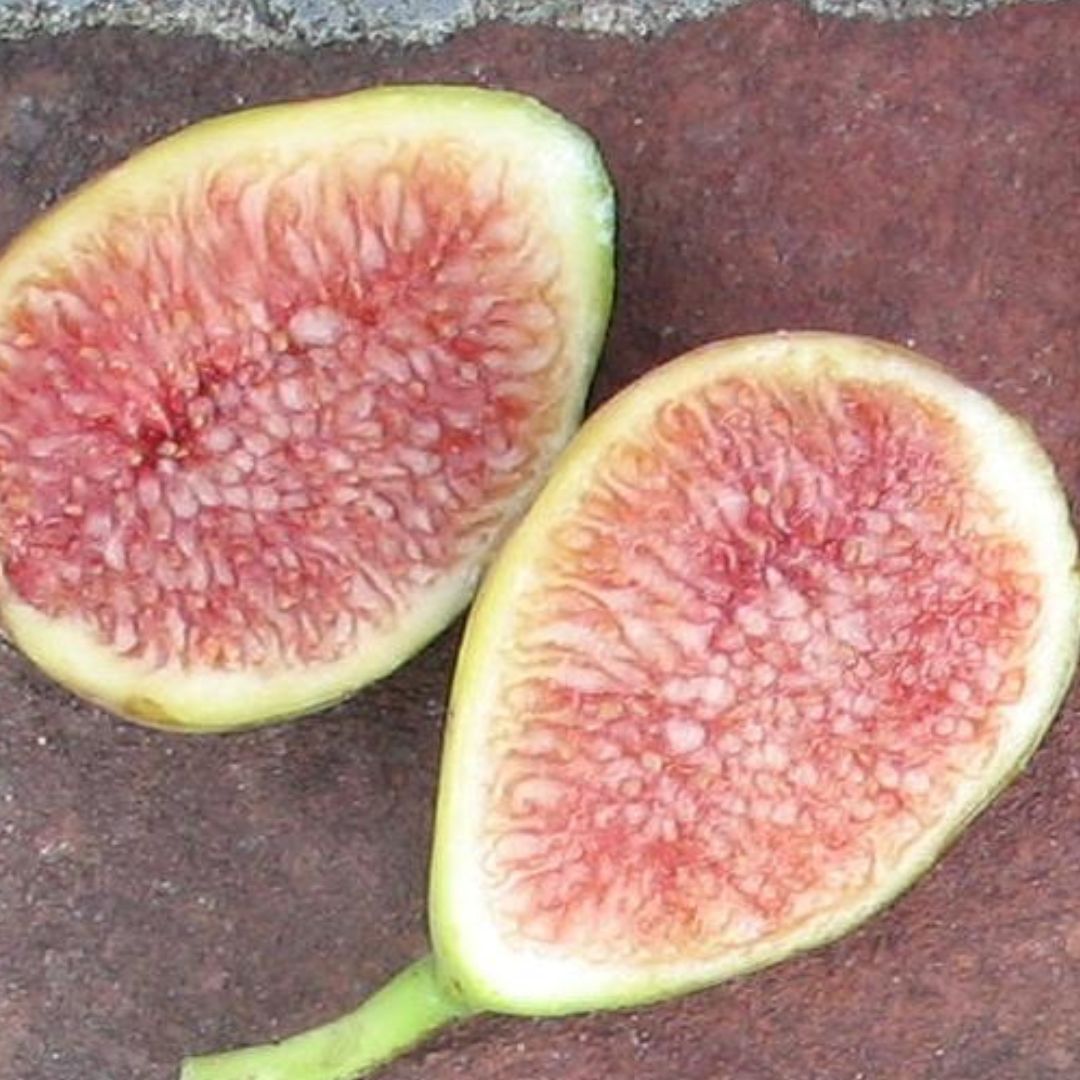
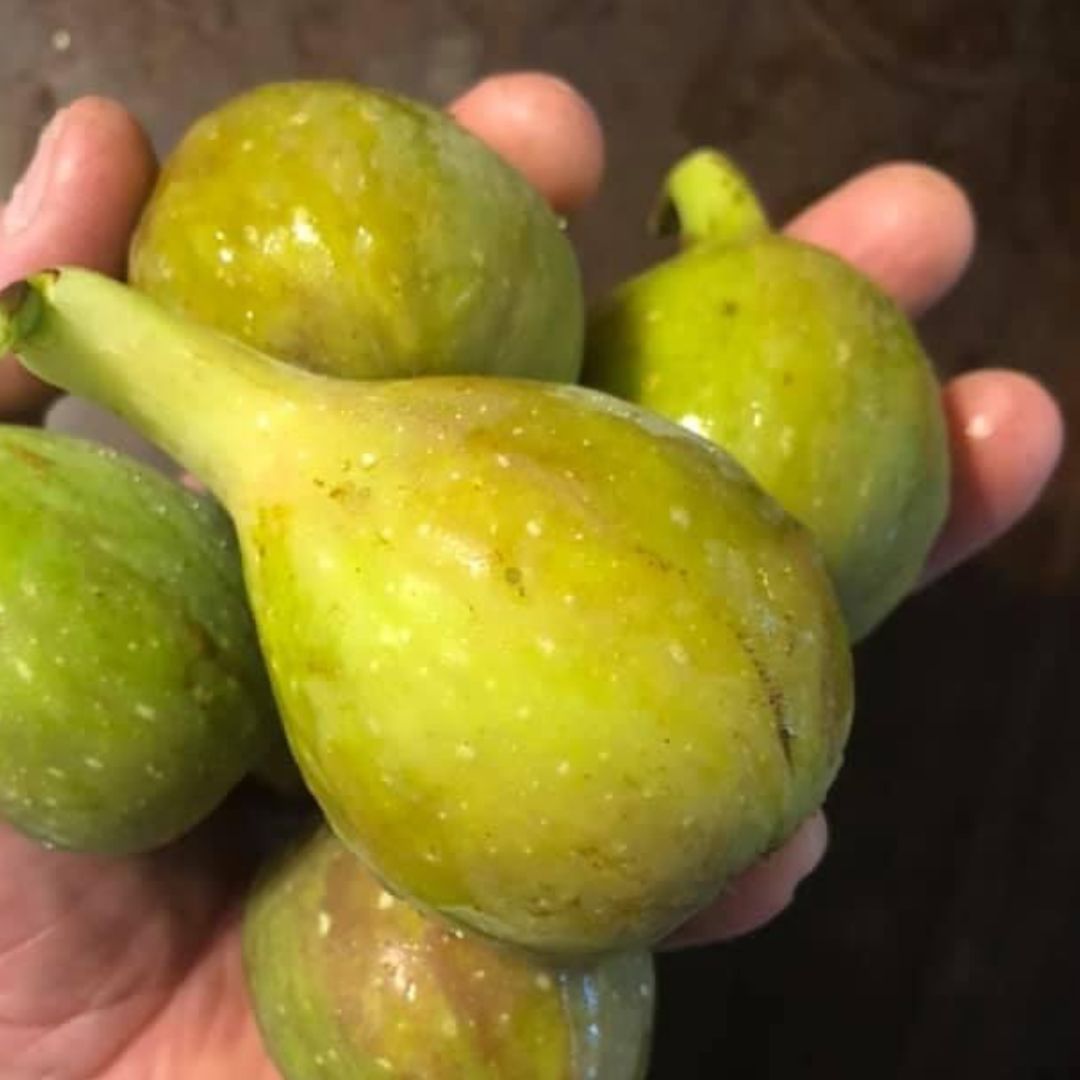
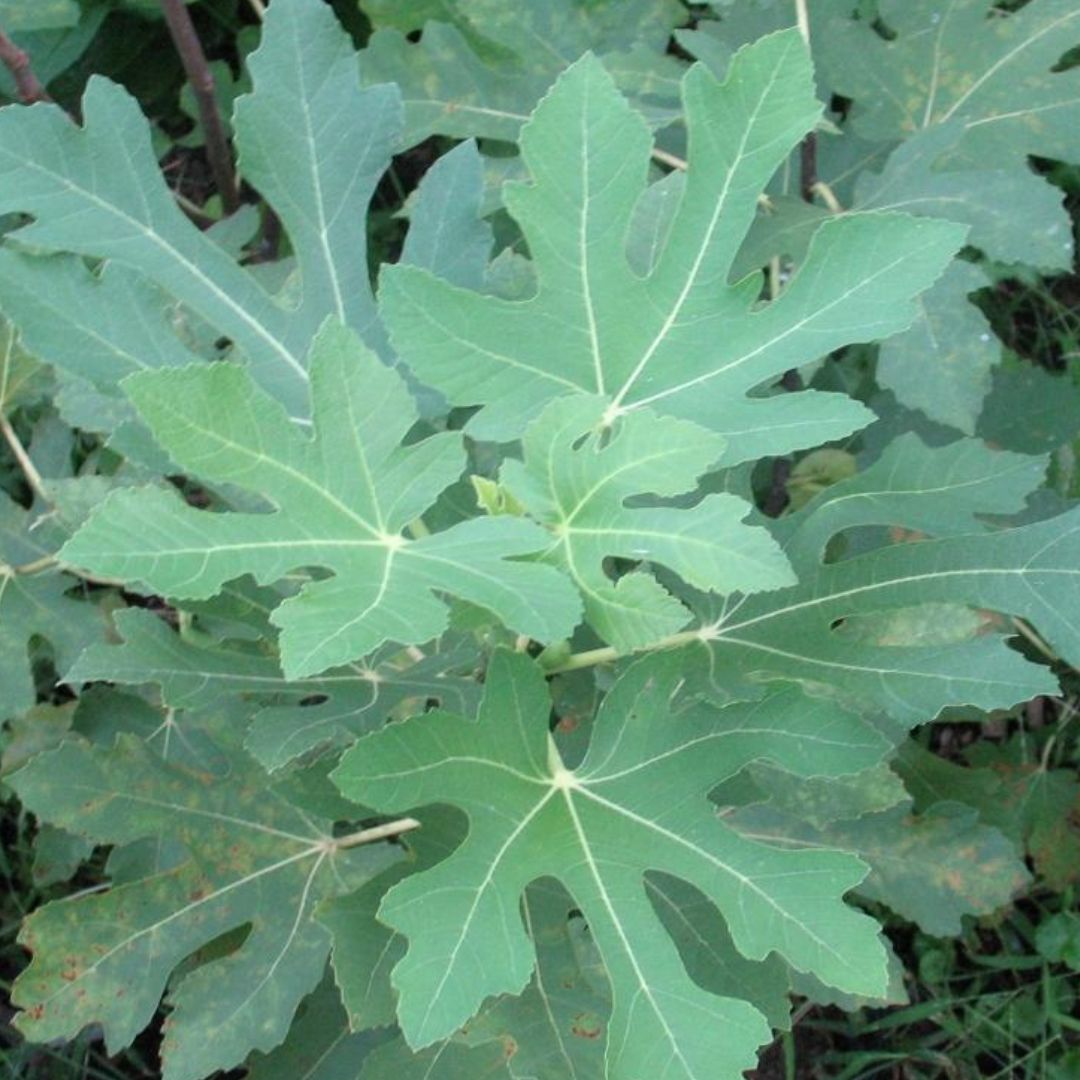
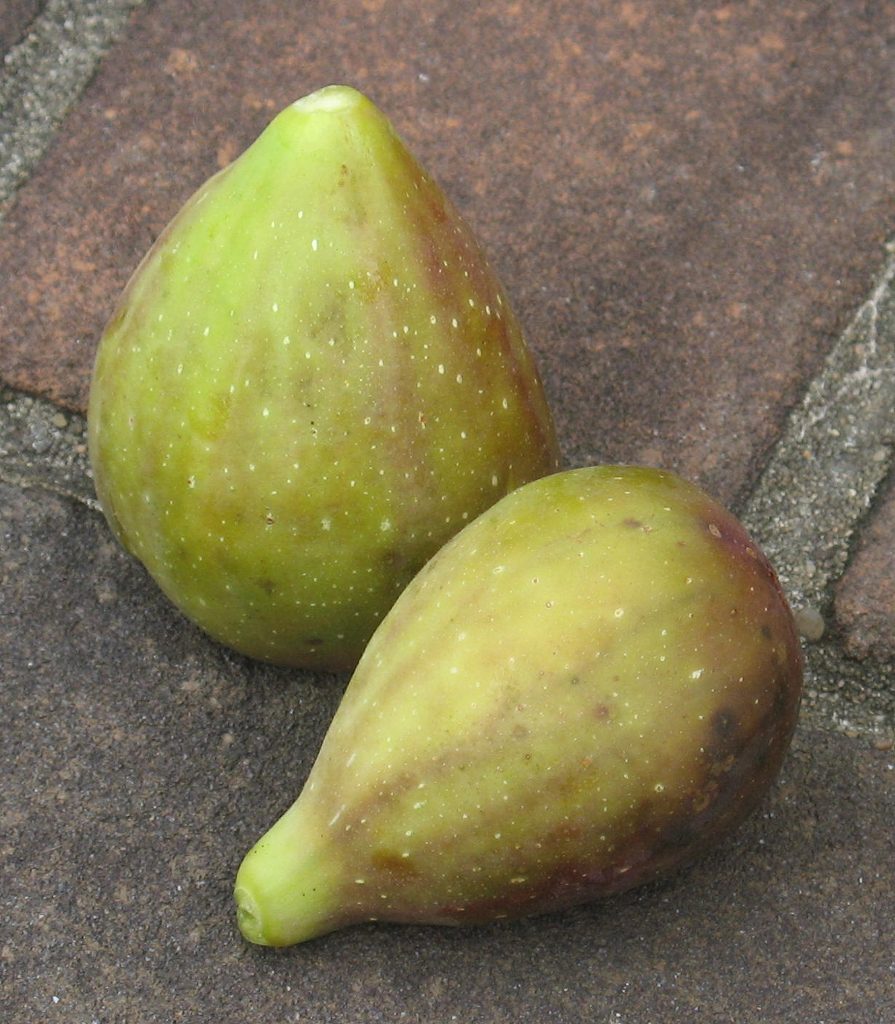
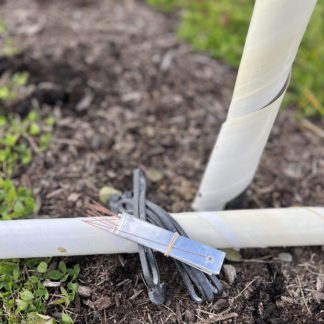
Reviews
There are no reviews yet.